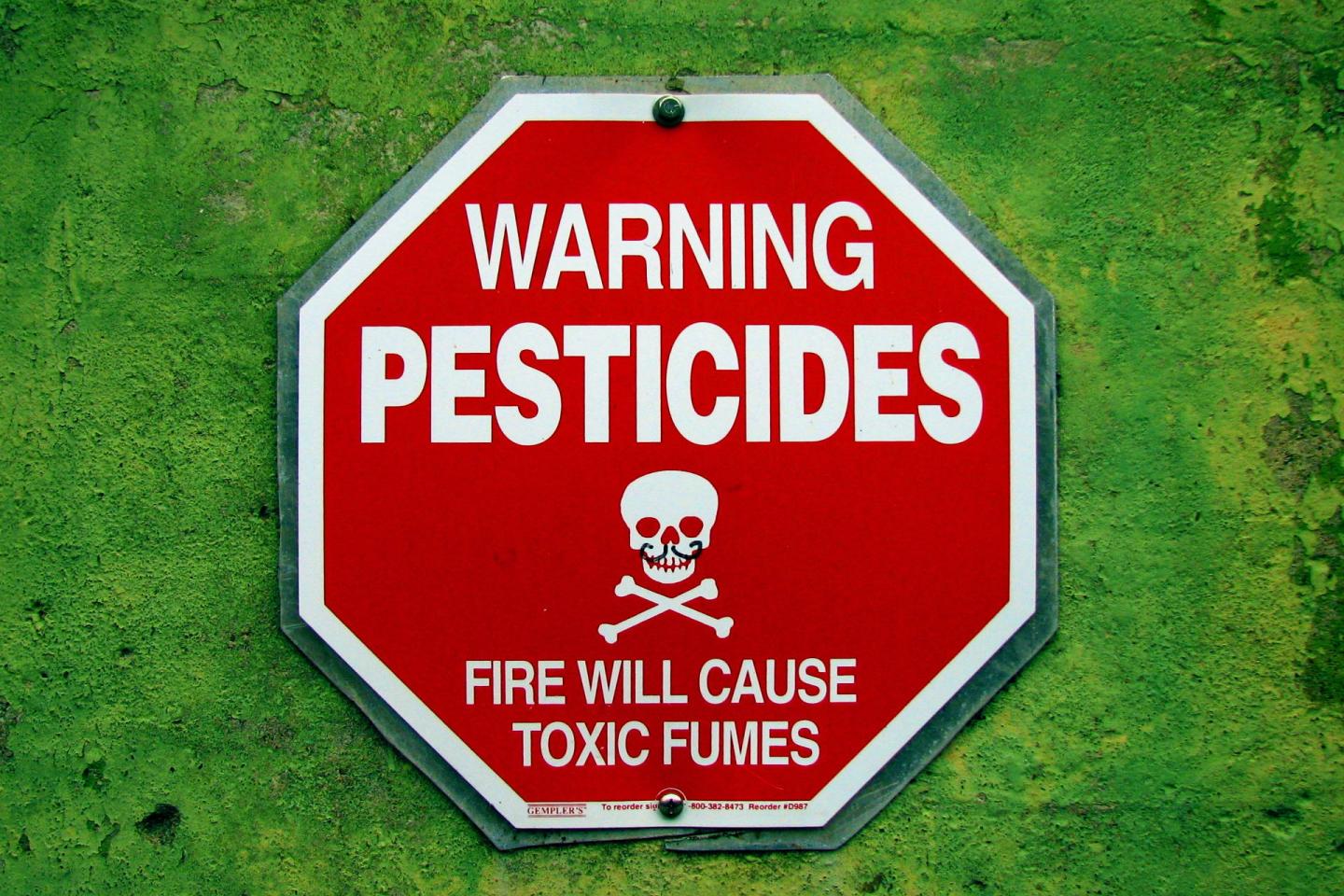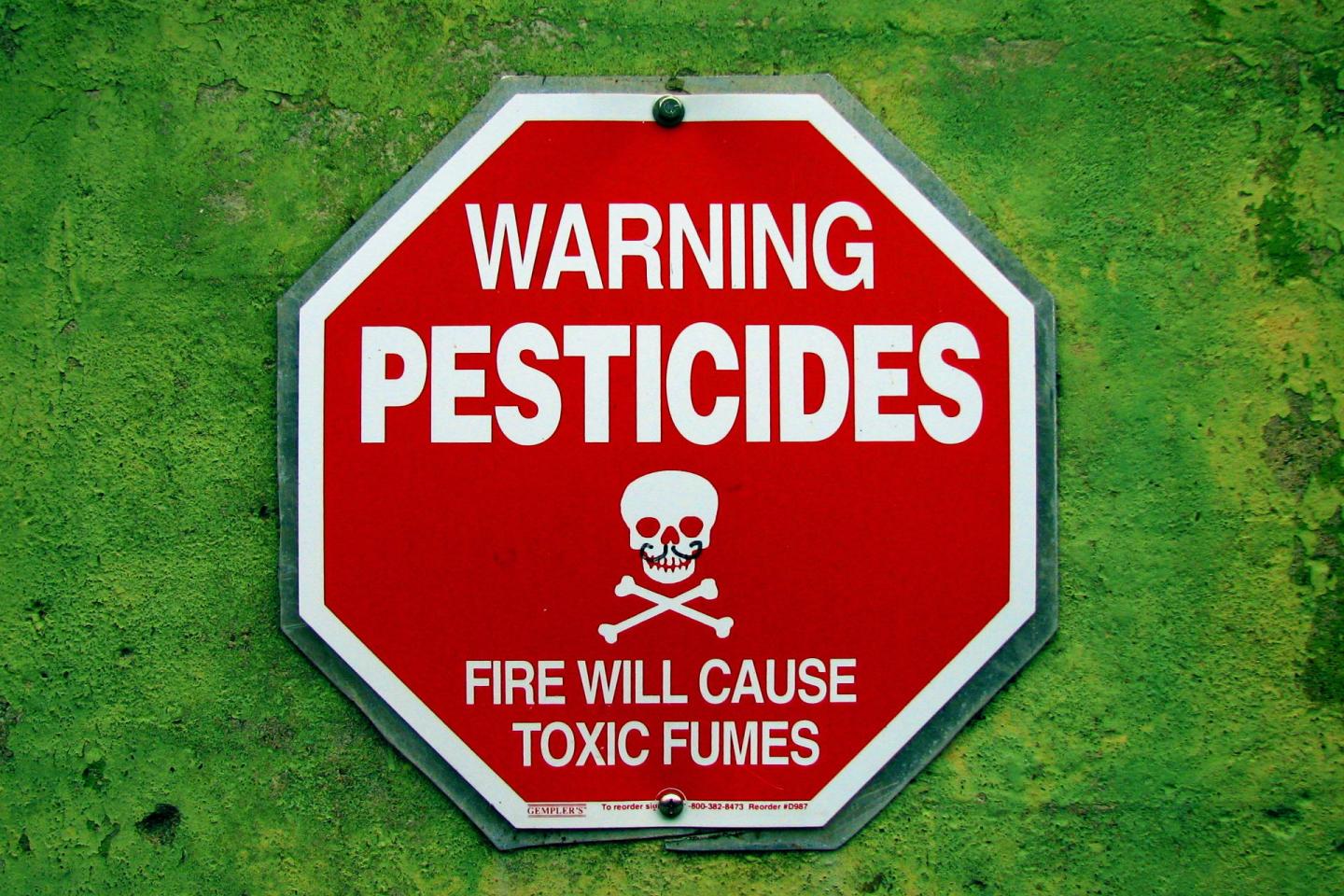
Credit: Photo by [CC BY 2.0 (https://creativecommons.org/licenses/by/2.0)], via Wikimedia Commons…
An international team led by researchers from the Barcelona Institute for Global Health (ISGlobal), a centre supported by the "la Caixa" Foundation, has provided new evidence about the role of occupational exposures as an important risk factor for Chronic Obstructive Pulmonary Disease (COPD). A study with more than 3,300 participants has linked exposure to biological dusts, gases, fumes and pesticides with a higher incidence of COPD. The results have been published in Thorax.
The research was carried out within the European Community Respiratory Health Survey (ECRHS), a longitudinal multicentre study. A total of 3,343 participants from 24 centres in 12 countries were selected between 1991 and 1993 and followed-up 20 years later. Spirometric lung function tests were performed after recruitment and at follow-up, while exposures in the workplace were estimated from the information obtained at interviews with participants in combination with an external job exposure matrix.
After assessing occupational exposure to 12 different agents, results showed that participants exposed to biological dust had a 60% higher risk of COPD compared with those unexposed. Participants exposed to gases and fumes had a 50% higher risk of COPD, while in the case of those exposed to pesticides the risk was a 120% higher. However, the effect observed with pesticides was based on a small number of cases. Overall, results showed that 21% of the in total 96 cases of COPD detected at follow-up were associated with these occupational exposures.
"Previous studies had estimated that about 15% of COPD cases are attributable to workplace exposures. Our results strengthen this evidence base substantially", says Jan-Paul Zock, ISGlobal researcher and lead author of the study. "To our knowledge, this is the first study to demonstrate an effect of biological dust exposure on the incidence of COPD in a prospective fashion in a general population cohort", he adds.
One of the main questions that this study leaves open to future research is whether the observed effects are modified by smoking, since tobacco smoking is the primary risk factor for COPD. Other remaining questions for further research are how the observed effects interplay with asthma and what are the specific risks with respect to particular occupations, activities and noxious agents.
###
Reference
Lytras T, Kogevinas M, Kromhout H, et al Occupational exposures and 20-year incidence of COPD: the European Community Respiratory Health Survey. Thorax. 2018. doi: 10.1136/thoraxjnl-2017-211158
Media Contact
Pau Rubio
[email protected]
0034-932-147-333
http://www.isglobal.org/en/
Original Source
https://www.isglobal.org/documents/10179/6225531/PR+COPD+ISGlobal_en.pdf/cb5ad3e8-03e2-4f8d-9ed5-a4a7af4613d1 http://dx.doi.org/10.1136/thoraxjnl-2017-211158





